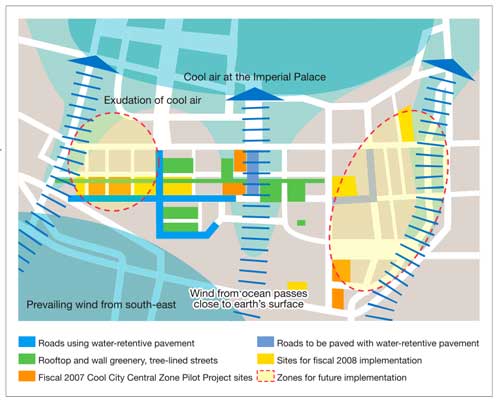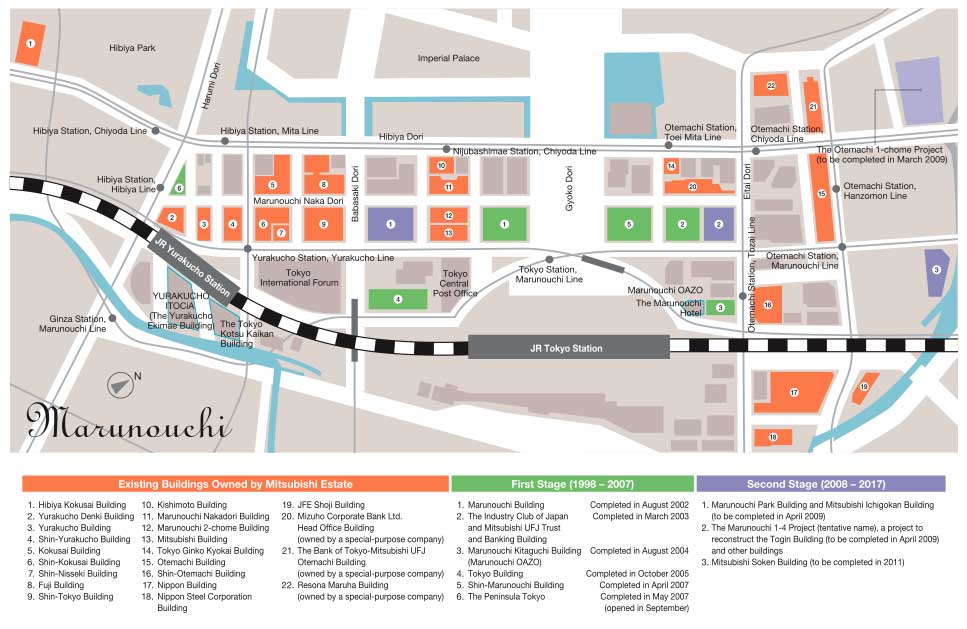
Roppongi is a very foreign neighborhood for me since I rarely visit its offices, nightclubs and museums. However, with the recent conference, I took a friend along a back street between mega developments Mid Town and Roppongi Hills. We stumbled a very charming, small park named Roppongi West Park (六本木西公園). It was a welcome escape from the elevated freeways and concrete overload.
The park provides a great amount of shade and the loud murmur of cicadas. My fellow Maryland state friend and I wondered how come mid-Atlantic cicadas only appear every seven years, while Japanese ones go through similar seven year cycles but appear annually. The park had benches with businessmen smoking, chatting, using their cellphones, and escaping their offices. There were also sand box, playground, and a public bathroom.

Seeing this small gem made me think about the up-until-now unrealized possibilities for the mega developers to connect with their neighborhoods through landscapes. Mori Building talks about how its vertical gardens lower summer time temperature in its neighborhoods. And Mitsubishi Estate is concerned with making Marunouchi more attractive through livable streets.
Creating gardens and habitats that extend to nearby pocket parks, as well as neighboring residential and commercial gardens, could brand these new places with historical memory, a signature fruit tree, butterfly or bird habitat, outdoor recreation, and innovative public place making. While the developers goal is to maximize rental income, attention to the neighborhood, its existing assets and people, could be a low-cost and high impact way to brand, differentiate, and attract visitors and tenants.
District landscaping is one of the most economical and transformative improvements. By extending beyond the limits of a single property or the holdings of one developer, district landscaping is vital to place-making, memory, habitat, and human affection.

